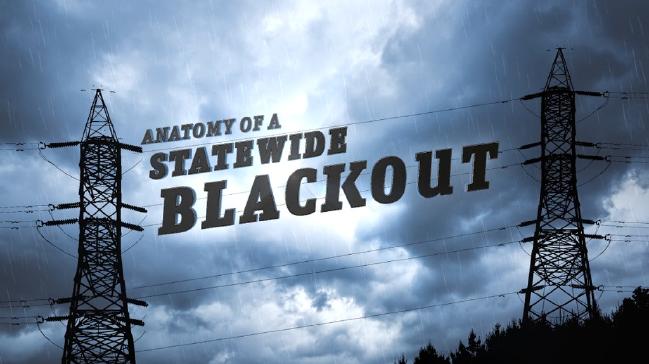With many businesses left counting the cost – likely to run into the billions – of the “once in a 50-year” storm, many businesses are now taking a second look at their business continuity planning.
Following the blackout, many food and beverage companies were left scrambling, as freezers and chillers lost power and food started spoiling. Others, including many businesses outside South Australia, were affected when partners in their supply chain suffered losses, even though their own infrastructure was unaffected.
Although many catastrophes, such as the perfect storm that hit South Australia, are rare, the global nature of supply chains and the diverse range of threats that businesses are exposed to mean that it is highly likely your business will experience a disruption in any given five-year period. Any business that wants to safeguard its future must undertake business continuity planning.
How prepared is your business for a potential disaster? Could you cope with a blackout, a flood, or a significant IT failure? Or just as importantly, how prepared are your suppliers and/or customers ?
What is business continuity planning?
Your business continuity plan is used to recover your business after an interruption and ensure that customer supply is reinstated as quickly as possible. Business continuity planning is designed to protect the future of your organization, safeguard your brand, and minimize the overall financial impact of any disaster that affects your business.
Here are a few of the typical steps this may include:
- Obtaining new premises.
- Sourcing raw materials and equipment.
- Recovering compromised computer systems.
- Prioritizing activities to resume supply as quickly and efficiently as possible.
- Communicating with customers and partners to minimize brand damage.
If your business suffered a major disruption, how quickly could you resume supply to ensure you retained your most important customers? Could you achieve this with your current plan?
Protect your critical processes
Business continuity planning isn’t about creating a different plan for every single possible disaster, but about creating a plan that protects your critical processes and helps you kick-start them after a disaster.
For example, if a vital IT system that deals with customer orders goes down, the immediate concern is how to get that system up and running again – not the cause. You don’t need a different plan for a hack, a hardware failure, and an accidental coffee spill onto a vital system – the way the system failure happens matters much less than your ability to restore that critical process as quickly as possible.
Look at your entire supply chain
A disaster doesn’t need to directly impact your infrastructure to cause damage. Your supply chain, the materials and information that enable you to make and sell your products, is just as vulnerable as your internal business processes – and sometimes more so.
If just one part of your supply chain drops, you have a significant problem; everyone from the businesses you import from, to your logistics partner, retailer, and the consumer can have an effect on your ability to make and sell your product.
Do your contractual arrangements with your suppliers and other partners take business continuity into account?
How can a BCP create value?
Business continuity planning can be daunting. Often we avoid it because ultimately it is something we don’t want to ever use, but in reality we can learn a great deal about our business by going through this process. By making your business more resilient, ultimately it becomes more attractive to your customers.
How robust is your plan?
Risk isn’t static; changing circumstances, including political, economic, and social factors, are constantly reshaping the level of risk your organization is facing. Before the October storms, many businesses assumed that the Australian power network is solid and reliable, but that assumption has now been challenged, and many businesses are counting the cost.
A business continuity plan shouldn’t be a one-time event, but the product of regular iterations, each adjusting the last to better suit the current climate. A plan written just a couple of years is based on risks and assumptions that are no longer accurate, and could be a significant source of risk itself. What did you assume about the reliability of the SA network prior to the recent storms?
Have your plans been reviewed recently? What assumptions are your plans based on? What is the price of getting those assumptions wrong?


